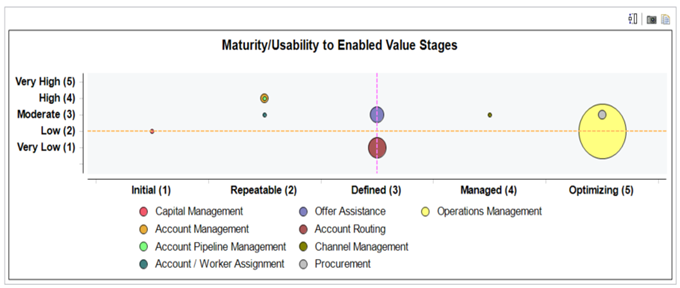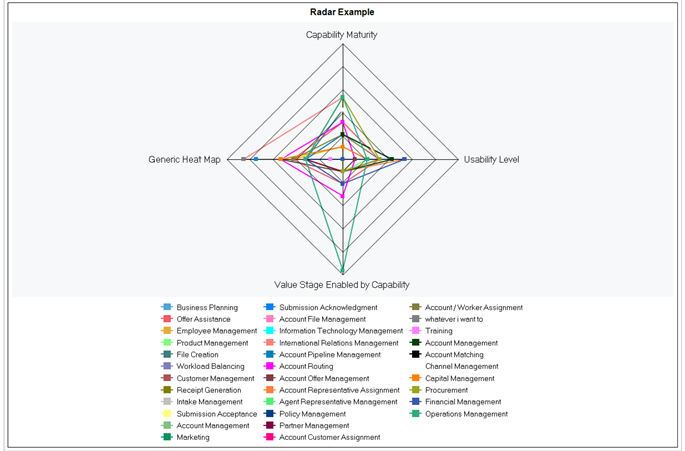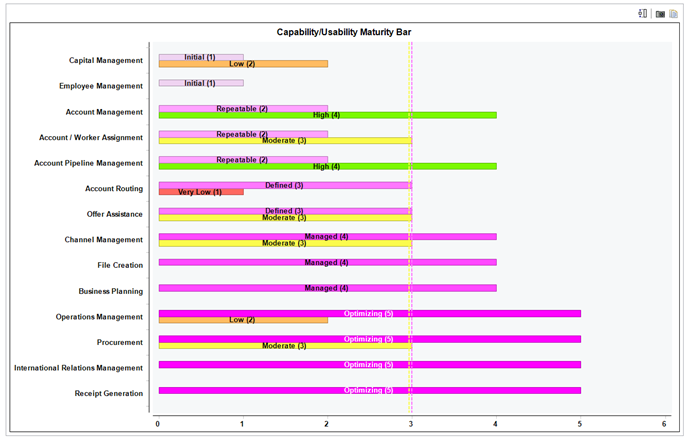Utilizing Effective Communication to Affect Change – Lessons from the Field
Whether an organization is embarking upon an enterprise-wide restructuring or changing the flow of patients through a clinical area, the desired result is a change in the way in which work is accomplished.
Achieving this result requires the organization’s customers and staff to embrace and adopt the new ways associated with the change: create a shift in terms of the involved individuals’ behavior. Effective communication is a valuable tool in achieving the desired changes in an organization.
Effective communication throughout the lifecycle of the change initiative is required to enable and achieve a successful organizational change. Communication is the foundation for transferring the knowledge and creating the understanding associated with the specifics of the change. Our experience with a wide range of healthcare organizations indicates that when effective communication isn’t a part of a change initiative, success is difficult to achieve.
Whether on a personal or organizational level, change requires us to move from a relative homeostasis situation to one of chaos before returning to a ‘new’ state of homeostasis. Things may not look the same, the way in which we do things will change, and the environment in which we are now functioning may be different. One’s willingness and ability to accept and adapt to the change improves with an increased level of knowledge and understanding of the rationale for the change as well as the changes in behavior that are necessary to be successful. Effective communication is a powerful enabler to increasing individual knowledge and understanding.
Most successful organizational change initiatives embrace communication to accomplish several goals. The following represents the typical goals of our client base:
- Solicit input and feedback from a key constituency that engages them in the change;
- Review key aspects of the change and seek approval for next steps;
- Share information regarding the change, e.g., progress of the initiative;
- Recognize and ‘celebrate’ the initiative’s progress; and
- Transfer knowledge to the impacted constituencies of the change.
Most projects or change initiatives will want to develop and execute a communications approach to address all the goals identified above. The specific initiative will direct the scope and level of effort associated with each of the goals. For example, a hospital client that embarked upon a redesign of its clinics’ access process focused most of their communication efforts on the staff within the clinics impacted and their external patient population. Broad hospital organizational communication was limited to periodic progress reports to the senior leadership and recognizing the positive customer satisfaction scores resulting from the redesign. Within the clinics, all the goals were part of the project’s communication efforts. However, broader communication to the other hospital areas was not accomplished, creating confusion among the staff from these other areas when they interacted with the impacted clinics’ patients. Unfortunately, this resulted in the patients knowing more about the access process change than the employees of the hospital’s other departments.
This hospital client example is in contrast to the multi-provider healthcare system that simplified and standardized the process utilized to measure and monitor key patient quality indicators. The communication approach for this initiative embraced all five goals across multiple internal constituencies, including physician and hospital leadership, clinical providers, and patient quality staff. The result was a more comprehensive and faster adoption of the change across the organization.
One of the critical measures of success in implementing change is the degree to which the desired outcome of the initiative is achieved. Increases in staff productivity; reductions in the cycle times to treat patients; and increases in provider satisfaction are examples of planned change initiative outcomes. Achieving these outcomes require a change in the way in which business is conducted and the behavior of staff within the organization. The ability to affect this type of change requires the active engagement of all constituencies impacted by the change initiative, from the executive championing the change to the staff members who will change the way in which they interact with their key customer groups. Effective communication represents a significant enabler to a change initiative.
Our client experience has shown that organizations whose change initiatives embrace a communications effort are more than two times likely to achieve the initiative’s planned outcomes than those who didn’t approach their initiative with a comprehensive communications approach. Clients indicate that the process of communicating with key constituencies is the most important aspect of their efforts, as opposed to the specific means and content shared. Our experience is that simple, straightforward, well-written content produces the best results with constituencies. Elaborate, high-tech presentation methods tend to overshadow the basic content that the individuals need to embrace and adopt the change.
A second critical lesson learned has been the importance of using a variety of communication mechanisms, e.g., e-mails, physical signs or posters, frequently asked questions (FAQs), and face-to-face meetings. Constituencies respond differently to a variety of communication mechanisms, and even within a single constituency, our experience has shown it is more effective to vary the means in which content was shared. During the preparation of a tactical communication plan, ensure it represents a ‘mix it up’ in terms of the communication mechanism. During the plan’s development, solicit input from key constituencies or stakeholders regarding their preferred method of communication.
As a follow-up to this initial discussion with key stakeholders, periodically check-in with them to ensure that the content provided to them was understood in the manner desired. Communication requires more than ‘speaking and being heard’; it is about the listener understanding and comprehending the content provided to them. If it is determined that the communication efforts aren’t working, then adjust them to achieve the desired results.









